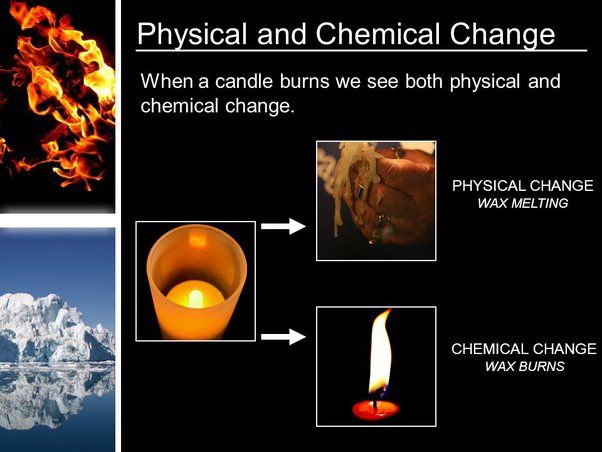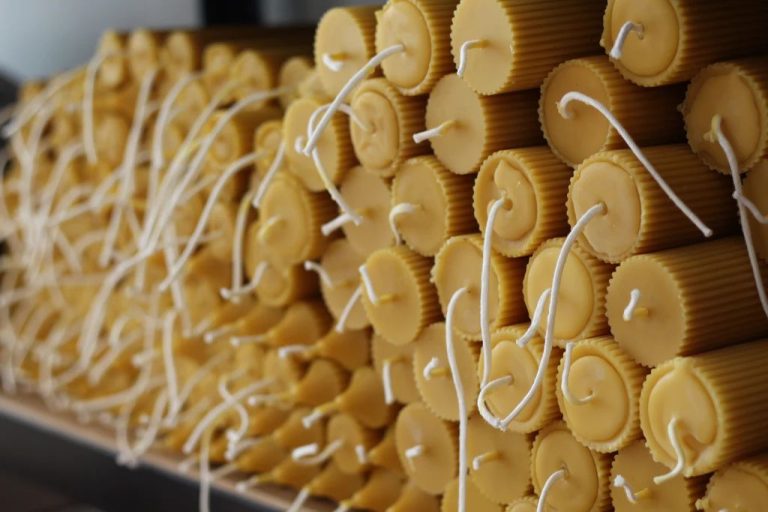Is A Candle Business Expensive?
Startup Costs
Starting a candle business requires an initial investment in supplies and inventory. According to research, startup costs typically range from $350 for a basic home-based business to $150,000 for a full manufacturing setup with retail space. Key costs include:
- Candle making supplies like wax, wicks, fragrances, dyes, jars, labels – expect to spend $5-10 per candle in raw materials when starting out (Source). Buying in bulk can reduce material costs.
- A dedicated workspace for production and storage of inventory.
- Renting a physical retail space will have high overhead expenses like rent, build-out costs, staffing, utilities, etc. An online store through Shopify or Etsy can eliminate these costs.
- Business license, sales tax permits, and other legal registration costs which vary by state and municipality. For example, a sales tax permit costs $20 in California (Source).
By starting small, testing products, and selling online first, candle entrepreneurs can minimize initial startup costs. Bulk discounts on supplies and an online sales strategy help reduce overhead and launch with less upfront capital.
Ongoing Expenses
Running a candle business comes with regular costs that must be accounted for in order to maintain profitability. Key ongoing expenses include ingredients, labor, marketing, rent and utilities.
The primary cost for any candle maker is ingredients. This includes wax, wicks, fragrance oils, colorants, packaging materials, labels and more. According to Candle Mavericks, basic ingredient costs per candle may include:1
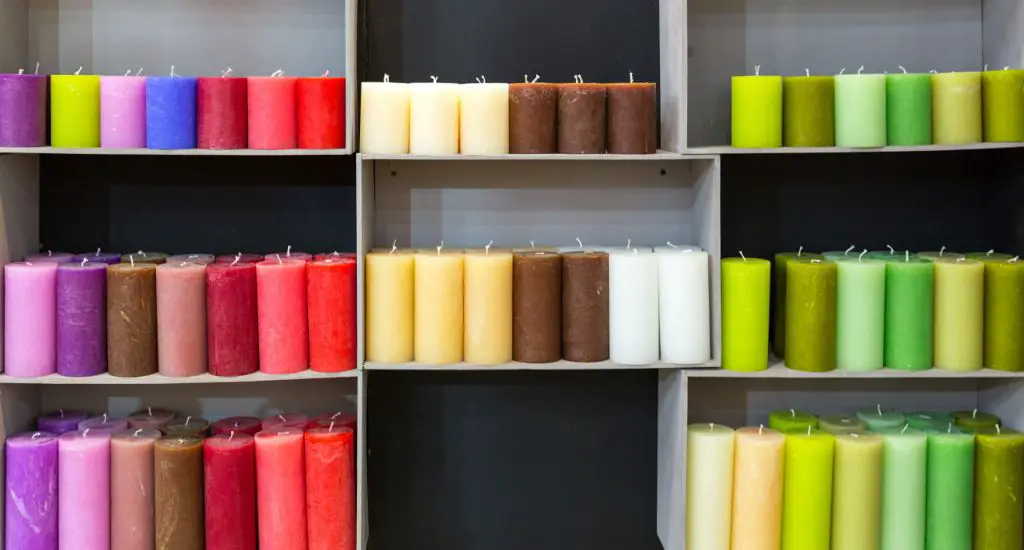
- Wax – $10 per pound
- Wicks – $2 per pound
- Fragrance oils – $10 per ounce
- Colorants – $5 per ounce
- Packaging – $0.50 per candle jar or mold
For a business producing hundreds or thousands of candles per month, the cumulative ingredient costs can be substantial. Careful financial planning is required.
Labor is another major ongoing expense, including wages and benefits for candle makers, packagers, managers, marketers, and other staff. This expense grows as a candle business scales up. Marketing and advertising must be budgeted for as well, to continually promote and sell products. This may include digital ads, trade shows, website costs, etc. Finally, rent and utilities for workshop and office spaces can amount to thousands per month.
Profit Margins
Profit margins for candle businesses can vary greatly depending on the business model. Wholesale profit margins tend to be lower, around 25-35%, as wholesalers need to price their candles low enough for retailers to mark up and still be competitive.1 Retail profit margins are often higher, around 40-50% or more. Some factors that affect profit margins include:
- Ingredient costs – More expensive waxes, fragrances, vessels will eat into margins.
- Labor costs – Outsourcing vs in-house production affects labor expenses.
- Sales channels – Online retail has higher margins as there is no middleman.
- Brand equity – Established brands can charge a premium.
There are a few pricing strategies candle businesses can use:2
- Cost-plus pricing – Calculate costs then add a markup percentage.
- Competitor-based pricing – Price similarly to competitors.
- Value-based pricing – Price based on perceived value to customers.
- Premium pricing – Set high prices for luxury positioning.
Testing different prices and communicating value to find optimal profit margins is key.
Competition
The candle industry in the U.S. is very competitive, with over 1,700 candle manufacturing businesses as of 2024 according to statistics from IBISWorld (Source). Major players like Yankee Candle, Bath & Body Works, and S.C. Johnson & Son control a large share of the market. With so many competitors, it can be challenging for a new candle business to stand out and attract customers.
To differentiate themselves, new candle entrepreneurs need to focus on unique value propositions such as distinctive scents, creative designs, high-quality ingredients, niche branding, or excellent customer service. Many artisanal candle makers aim to stand out through custom, handmade products with distinctive packaging. Building a strong brand identity and cultivating a loyal customer base is key to thriving as a small candle business in a crowded marketplace.
With strategic positioning and differentiation, new entrants can still find opportunities to serve niche segments despite high competition. However, candle startups must work diligently to establish their unique brand and value in order to gain visibility and develop a competitive advantage against all the existing players.
Scaling Up
One of the biggest challenges for a successful candle business is figuring out how to scale operations while maintaining quality and profit margins. Some key ways to scale up a candle business include:
Investing in automation equipment like wax melters, pour pots, label printers, and shrink wrappers can increase production capacity and efficiency. According to one candle business owner, automation investments enabled their production to jump from 250 candles per week to 400. However, the startup costs for automation equipment can be high, ranging from $5,000 to $20,000 (Start and Scale a Profitable Candle Business: Insider Tips).
Hiring employees is another way to scale, as long as efficient training and quality control processes are in place. Employees can assist with production, packaging, shipping, marketing, and other tasks that become unmanageable for a solo owner to handle alone. One owner suggests starting with part-time help before committing to full-time employees (Tips for Scaling Your Candle Business: A Day in the Life of a Successful Owner).
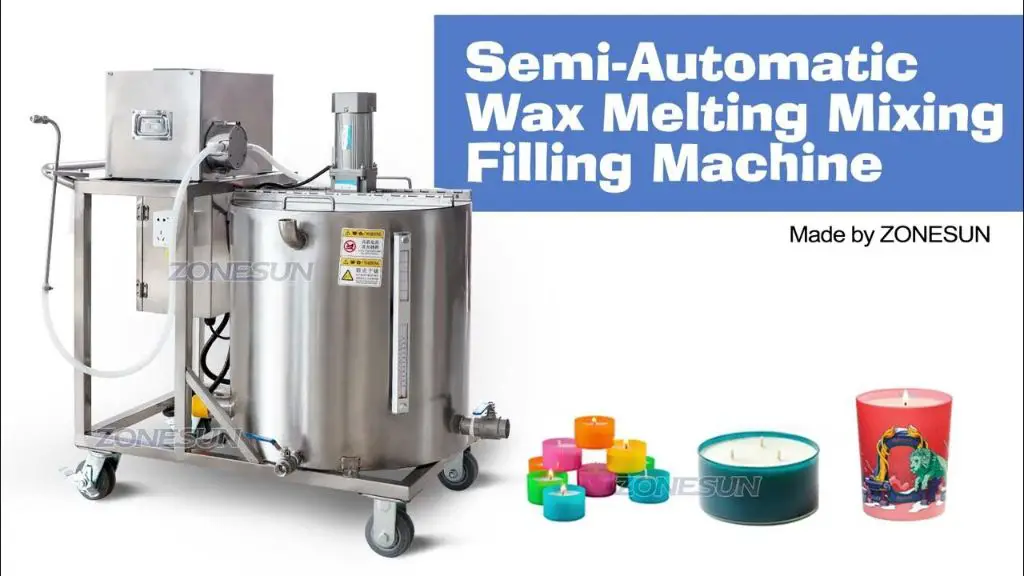
Expanding product lines and customization options can increase sales and reach new customers. However, it’s important not to overextend. Consider starting with your top-selling scents and styles, and slowly test and add new options based on customer demand and production capacity (Tips for Scaling Your Candle Business: A Day in the Life of a Successful Owner).
Regulations
Candle businesses in the United States must comply with various regulations and standards to legally manufacture and sell their products. Key regulations include:
Safety Standards: The ASTM International sets voluntary safety standards for candles in the US. Key standards include ASTM F2326, which covers candle fire safety, and ASTM F2058, which sets specifications for candle wax (1). These standards help ensure candles are designed to minimize risk of fires or injury.
Labeling Laws: The Fair Packaging and Labeling Act requires candle labels to accurately list contents, identity of manufacturer, and net quantity of contents (2). Candles must also include proper warning labels indicating flammability.
Business Licenses: Most states require a business license/permit to legally manufacture and sell candles, with additional local permits often needed. Specific candle manufacturing or seller’s permits may also be required depending on location.
Adhering to regulations protects consumer safety and demonstrates credibility. Consulting local agencies helps candle startups remain fully compliant from the outset.
(1) https://candles.org/industry-standards/
(2) https://www.compliancegate.com/candle-regulations-united-states/
Insurance
Insurance is a crucial expense for any candlemaking business. Two of the most important coverages are product liability and property damage. According to Next Insurance, general liability insurance costs most candlemakers between $23-$31 per month on average. This covers costs associated with product liability if a customer gets injured from using your candle products. Many providers like Thimble offer liability insurance policies starting at $1 million in coverage.
Property damage coverage is also essential in case there is an accident at your facility that causes damage. This can cover not only the building but also equipment and inventory. Rates vary widely based on your business size and other factors. Progressive Commercial notes that for small candlemakers with no employees, property damage coverage can start around $50 per month.
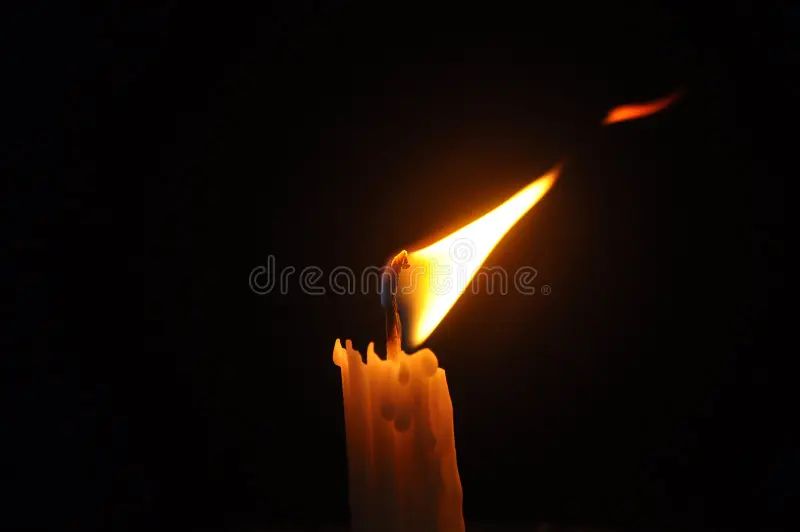
Consult with providers like Next, Thimble, Progressive, and others to find the right insurance mix for your candle business based on your specific operations and risks.
Funding
When starting a candle business, there are a few options for obtaining the necessary startup funding:
Bootstrapping
Many entrepreneurs choose to bootstrap their business by relying on personal savings, credit cards, or earnings from a day job to cover initial costs like equipment and inventory. Bootstrapping allows full control and avoids taking on debt or giving up equity, but can limit growth.1
Investors
Seeking funding from investors like friends, family, angel investors or venture capitalists can provide more operating capital upfront. However, it means giving up some ownership and control of the business. Investors will expect strong returns.2
Loans
Small business loans from banks, credit unions or the SBA allow entrepreneurs to access larger amounts of capital while maintaining full ownership. But loans must be repaid with interest, and approval is based on personal credit, collateral and ability to make payments.3 The average small business loan amount from the SBA is around $375,000.
Each funding option has trade-offs to consider when starting a candle business on a limited budget.
Financial Management
Proper financial management is critical for any small business, and candle making is no exception. Here are some key areas candle makers need to stay on top of:
Bookkeeping
Keeping accurate and up-to-date books is important for understanding the financial health of your candle business. You’ll need to track all income and expenses, keep receipts, and reconcile your books regularly. Using accounting software like QuickBooks can make this process easier and more efficient. Your bookkeeping provides the data needed to file taxes and manage cash flow.
Cashflow
Cashflow management involves monitoring your cash coming in vs going out and making sure you have enough to cover expenses. Candle making can be prone to cash flow ups and downs based on seasonality and wholesale order fluctuations. Maintaining an emergency fund of 3-6 months expenses is recommended. Watching expenses vigilantly and avoiding overextending yourself on inventory purchases can help prevent cash crises.
Taxes
As a business owner, you’ll need to pay estimated quarterly income taxes on your earnings. You’ll also have to file annual tax returns for your business. Since candle making often involves sales tax collection and remittance, you’ll need to be diligent about tracking and reporting those as well. Consider working with an accountant to ensure you understand and correctly pay all required taxes.
Final Verdict
Starting a candle business can be profitable with the right planning and execution. The startup costs are relatively low, with the largest expenses being supplies like wax, fragrance oils, wicks and jars. Ongoing costs include materials, labeling, marketing and potentially renting retail space or workshop space if running the business from home is not ideal. Profit margins can vary greatly based on the pricing strategy and sales channels used, but marking up products 2-3x the cost of materials is a reasonable target.
Competition is high, so establishing a unique brand and high quality products is key. Creative flavors, packaging and marketing can help differentiate. Scaling up production and distributions brings economies of scale and higher potential earnings, but also requires more investment and operational costs. Adhering to safety regulations around candle making is crucial.
Overall, with passion, creativity, business acumen and quality execution, a candle business can absolutely be profitable. But it requires diligence, patience and adaptability as the market and your own capabilities evolve. As with any small business, manage costs and risks wisely, especially in the early stages of growth.




